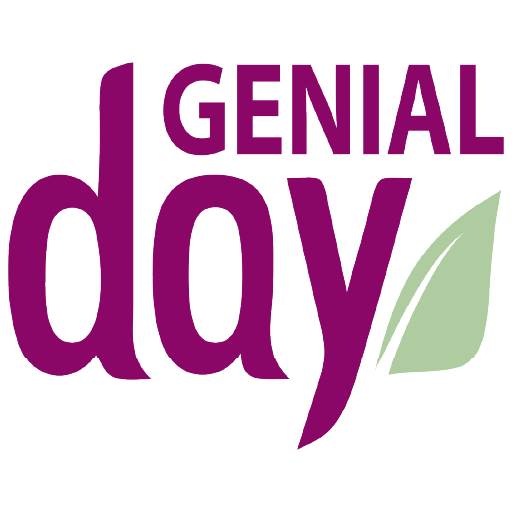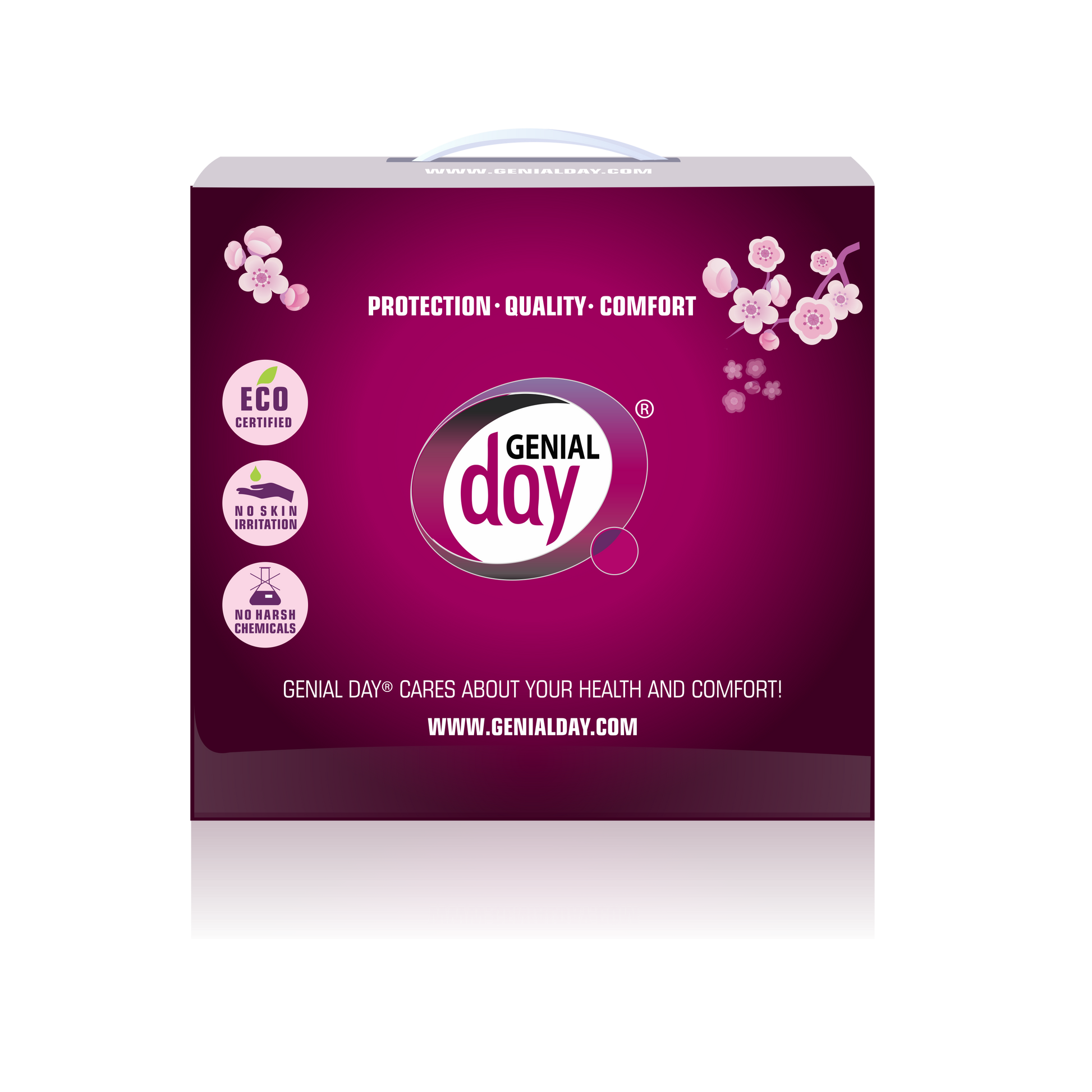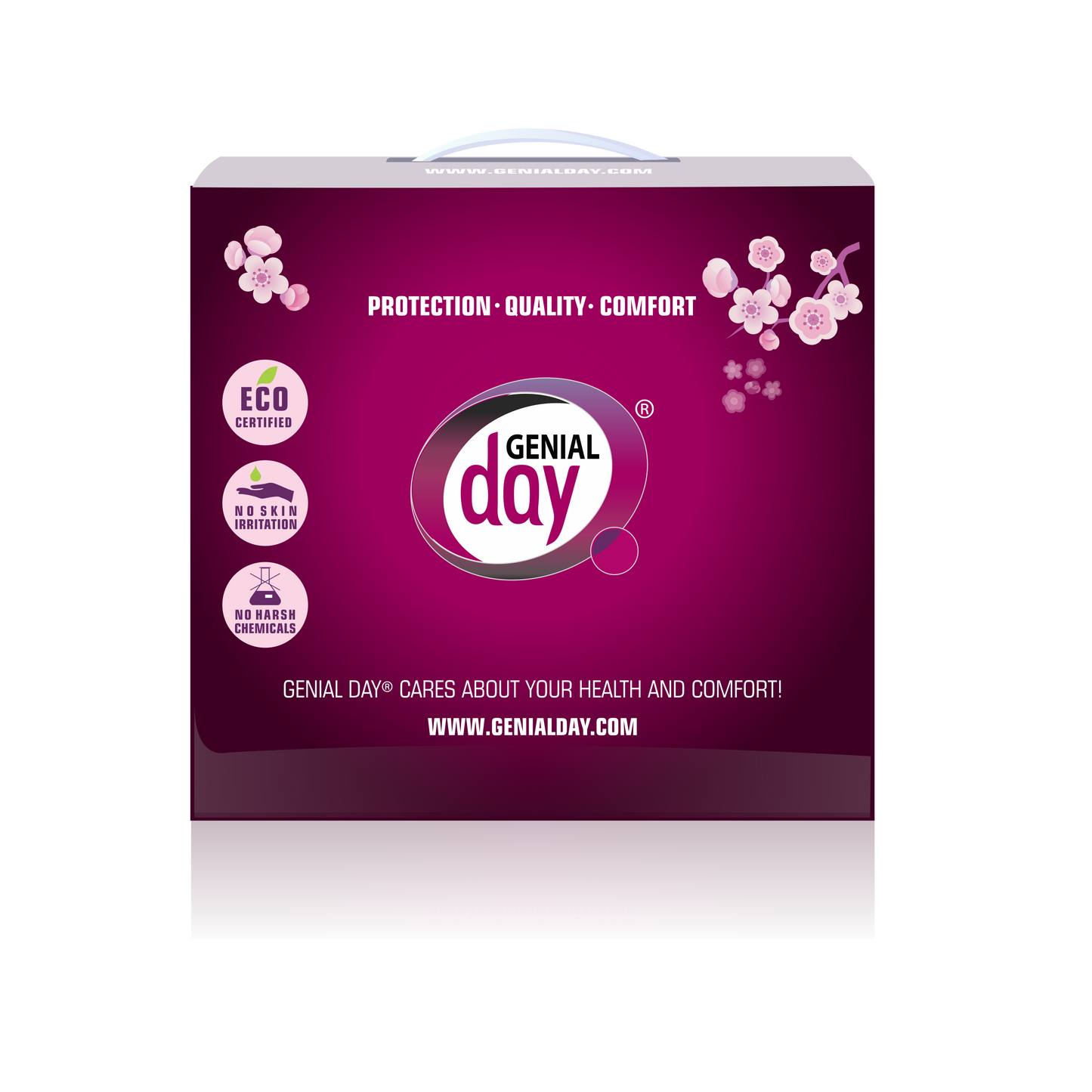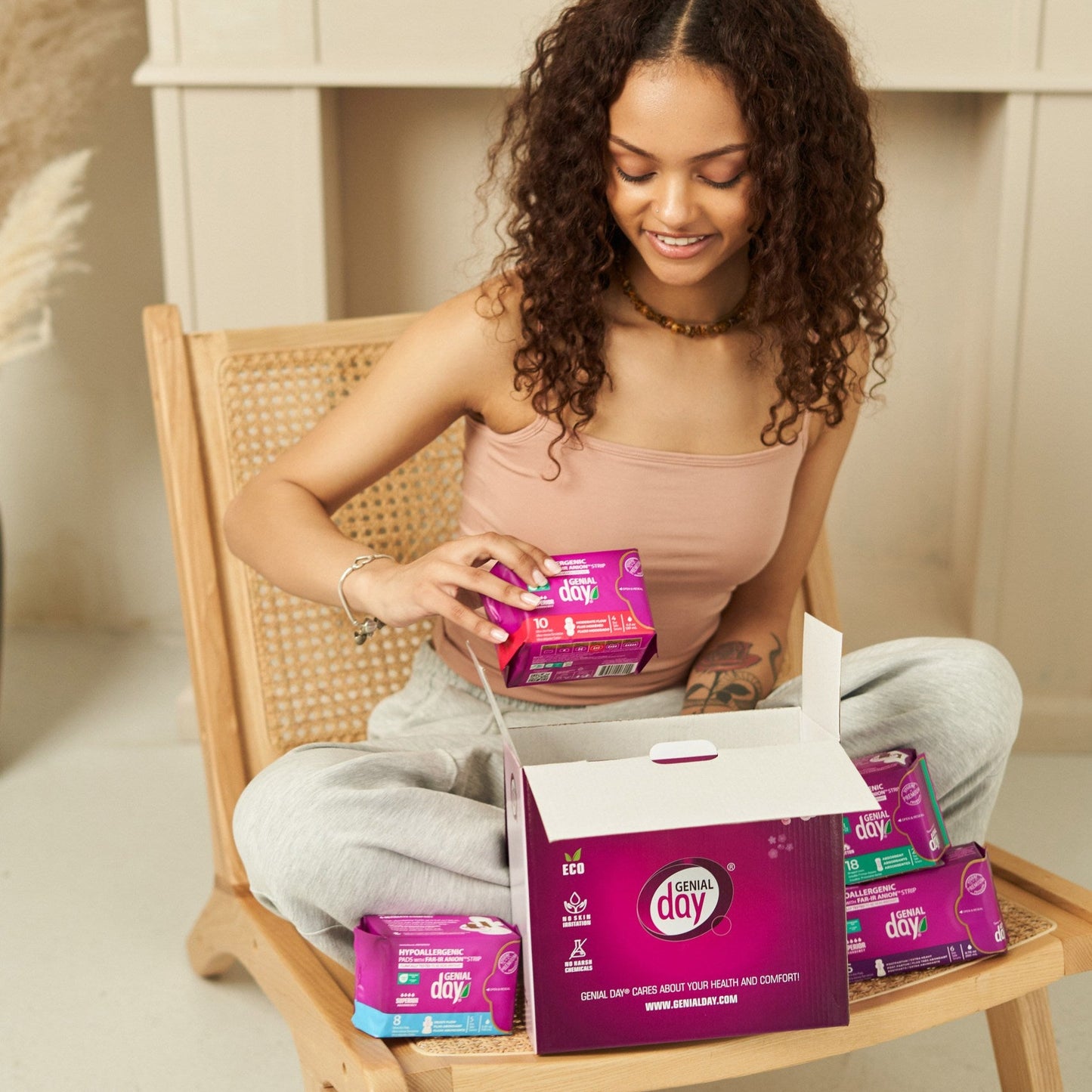According to Chinese medicine, a pain-free period requires abundant blood to flow freely throughout your body.
All too familiar with painful period and menstrual cramps? Western doctors classify menstrual cramps as either primary or secondary dysmenorrhea. Primary dysmenorrhea has no known cause, whereas secondary dysmenorrhea is caused by a physical problem such as fibroids or endometriosis.
In traditional Chinese medicine, your period is a reflection of your blood and Qi (the circulating life force). According to Chinese medicine, a pain-free period requires abundant blood to flow freely throughout your body.
Moxibustion is a form of traditional Chinese heat therapy, in which dried plant materials called “moxa” are burned on or very near the surface of the skin. The intention is to warm and invigorate the flow of Qi in the body and dispel certain pathogenic influences by burning the dried herb over specific points along the body.
Mugwort has been used alongside acupuncture and acupressure in Chinese medicine for over 3 thousand years, at least as long as we have evidence of the practice of acupuncture.
A study conducted at The National Institute of Complementary Medicine at Western Sydney University found that acupuncture leads to a significant reduction in the intensity and duration of menstrual pain after three months of treatment, and that the results were sustained for one year after the treatment.
Treatment with no drugs
Effective for those experiencing severe menstrual cramps (Dysmenorrhea), regulating menstruation and those with irregular periods, moxibustion is used to stimulate the energy in different parts of the uterus leading to relaxation of the muscles. The duration of the therapy is dependent on the severity of the condition.
Traditional Chinese therapy can be used as a natural and effective treatment of painful menstrual cramps without the use of drugs that may contain chemicals with adverse reactions.
Essentially, moxibustion promotes blood circulation for the relief of menstrual cramps due to strong contractions of the uterus, resulting in reduction of oxygen supply by pressing against nearby blood vessels.
Moxibustion may improve the menstrual cramps symptoms due to blood stagnation by warming up the lower abdomen and improving the blood flow to the female organs. Generally speaking, treatment could start 3 days prior to the period until the second day of the menstruation.
How it works
Moxibustion is the smoking of moxa stick made of Chinese herbal medicine known as mugwort or Artemisia argyi, right above the lower abdominal area.
There are two types of moxibustion: direct and indirect. In direct moxibustion, a small, cone-shaped amount of moxa is placed on top of an acupuncture point and burned. The patient will experience a pleasant heating sensation that penetrates deep into the skin, but should not experience any pain, blistering or scarring unless the moxa is left in place for too long.
Indirect moxibustion is currently the more popular form of care, because there is a much lower risk of pain or burning. In indirect moxibustion, a practitioner lights one end of a moxa stick, roughly the shape and size of a cigar, and holds it close to the area being treated for several minutes until the area turns red.
Another form of indirect moxibustion uses both acupuncture needles and moxa. A needle is inserted into an acupoint and retained. The tip of the needle is then wrapped in moxa and ignited, generating heat to the point and the surrounding area. After the desired effect is achieved, the moxa is extinguished and the needle(s) removed.
How safe it is
Moxibustion is usually taught as part of a qualified acupuncture or traditional Chinese medicine degree program. Although there are no licensing or accreditation requirements associated with the practice of moxibustion, in the United States, a practitioner must have an acupuncture license to be allowed to perform moxibustion.
Moxibustion is very safe if used correctly.
This traditional Chinese technique uses moxa-wool made from the dried leaves of the mugwort plant. In addition to relieving menstrual cramps and regulating menstruation, it can reduce pain from injuries, such as sprains, and ease muscle spasms or weakness associated with chronic fatigue.
A study in the Journal of the American Medical Association showed that moxibustion also could help “turn” unborn babies who were in breech position prior to delivery.
The moxa-wool is rolled up in special paper to create a moxa stick that resembles a cigar. One end is lit and then the smoldering tip is held an inch away from the painful area or associated acupuncture points, without touching the skin, for five to 10 minutes.
According to Chinese medicine traditions, when moxa is burned, its unique vapors enter the body via the skin and acupuncture points, opening the meridians (energy pathways).
This regulates blood and Qi (the body’s life energy), expels cold and dampness, warms the uterus and increases circulation specifically to the pelvic area. Also, the warmth of the smoldering moxa relieves stagnation or cold in the blood and improves the flow of Qi.
Although moxibustion has been safely used in traditional Chinese medicine for centuries, it is not for everyone. Because it is used specifically for patients suffering from cold or stagnant constitutions, it should not be used on anyone diagnosed with too much heat.
Burning moxa also produces a great deal of smoke and a pungent odor. Patients with respiratory problems may request that their practitioner use smokeless moxa sticks as an alternative.
Hot water bottle or mugwort?
Some women find the use of a hot water bottle helpful on the low abdomen in alleviating menstrual cramps. Other women actually find it aggravates the pain.
Chinese medicine diagnosis could find the cause of menstrual pain either due to a condition that is called “cold uterus” and other times the problem may due to “hot blood“. If you added more heat to a hot condition, the symptom of pain would likely get worse.
Moxibustion involves the application of the herb mugwort which is burnt and held near the surface of the skin to strongly promote blood circulation and disperse cold.
Mugwort, also known as Artemesia vulgaris or ai ye in Chinese, has a long history of use in folk medicine. Research has shown that it acts as an emmenagogue – that is, an agent that increases blood circulation to the pelvic area and uterus and stimulates menstruation. This could explain its use in treating breech births and menstrual cramps.
Your Chinese medicine practitioner will go through your medical history with you and determine the cause and remedy for your painful cramps and menstrual pain.
Each body is different, just as each menstrual cycle is different. How you respond to this remedy will be unique to you and you might notice as well that from month to month, how you need this remedy might change as well. That’s fine. That’s normal. Yours is to simply tune in, pay attention and respond with your new tools as your body requires.
For more information on finding a practitioner who used moxibustion, contact your state acupuncture association or licensing board.




